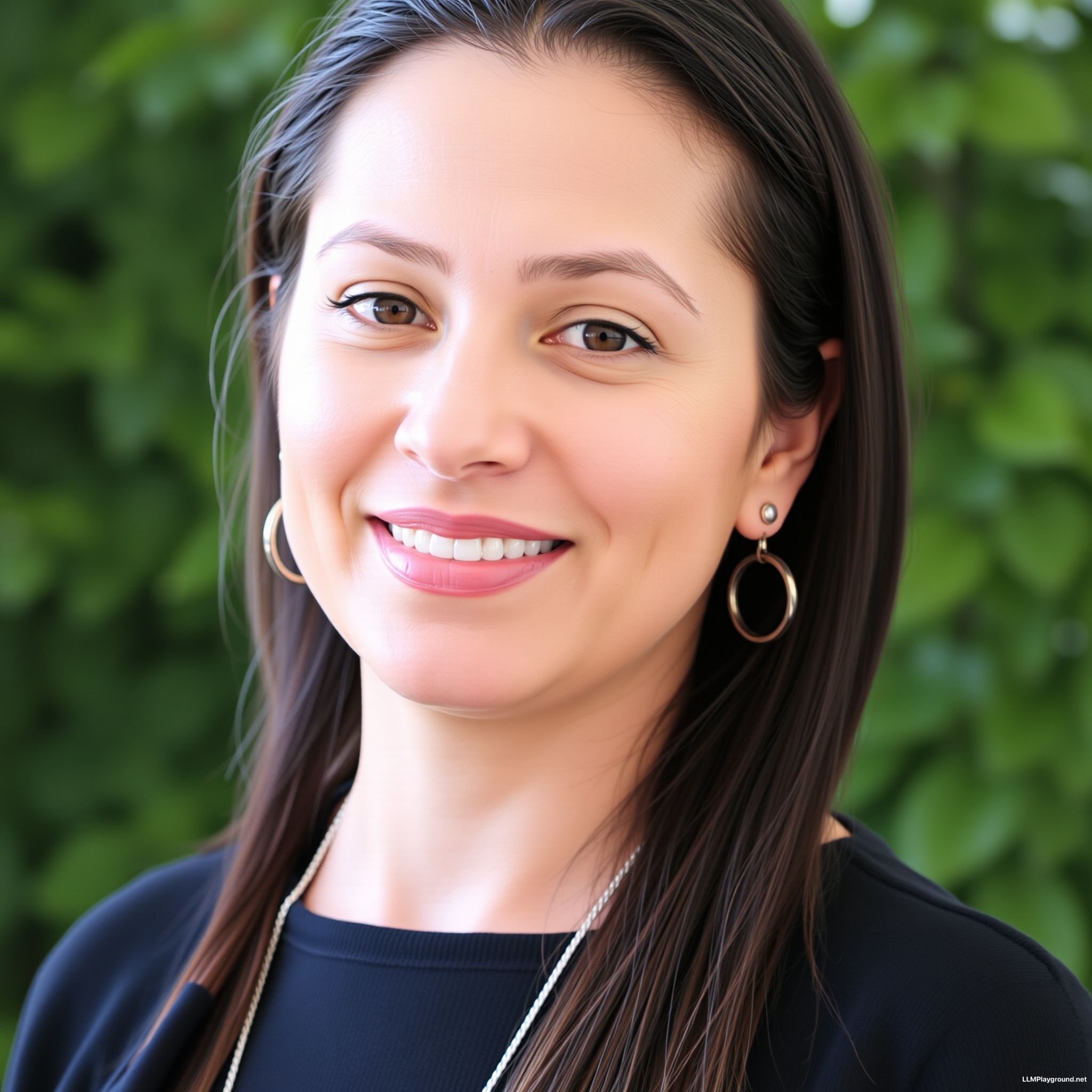Table of Contents
Key Benefits of Milk-Derived Exosomes in Wound Healing
Milk-derived exosomes possess several key benefits that make them attractive for wound healing applications:
-
Biocompatibility and Safety: MDEs are inherently biocompatible and exhibit low immunogenicity, reducing the risk of adverse reactions when used in therapeutic applications (Ruan et al., 2025).
-
Rich in Bioactive Molecules: MDEs contain a diverse array of bioactive molecules, including proteins, lipids, and nucleic acids, which play critical roles in cellular communication and tissue regeneration (Ruan et al., 2025).
-
Enhanced Healing Properties: Studies have shown that MDEs can accelerate wound closure, reduce inflammation, and promote angiogenesis, making them effective in both acute and chronic wound healing scenarios (Ruan et al., 2025).
-
Cost-Effectiveness: MDEs can be easily isolated from milk, a readily available resource, making them a more cost-effective option compared to cell-based therapies (Ruan et al., 2025).
-
Scalability: The production of MDEs can be scaled up efficiently, allowing for widespread use in clinical settings (Ruan et al., 2025).
Mechanisms of Action for Milk-Derived Exosomes
MDEs facilitate wound healing through various mechanisms:
-
Inflammation Regulation: MDEs modulate the inflammatory response by delivering anti-inflammatory molecules, thus promoting a favorable environment for healing (Ruan et al., 2025).
-
Angiogenesis Promotion: MDEs enhance angiogenesis by delivering growth factors and miRNAs that stimulate endothelial cell proliferation and migration, critical for new blood vessel formation (Ruan et al., 2025).
-
Collagen Synthesis: MDEs stimulate collagen synthesis, which is essential for ECM remodeling and structural integrity during wound healing (Ruan et al., 2025).
-
Cell Proliferation: MDEs can enhance the proliferation of various cell types involved in wound healing, including fibroblasts and keratinocytes, thereby accelerating the healing process (Ruan et al., 2025).
Composition and Sources of Milk-Derived Exosomes
MDEs are composed of a variety of components that contribute to their therapeutic effects:
-
Lipids: MDEs contain phospholipids, cholesterol, and ceramide, which are crucial for membrane stability and integrity, as well as for facilitating exosome fusion with target cells (Ruan et al., 2025).
-
Proteins: The protein content includes tetraspanins, heat shock proteins, and signaling molecules that play essential roles in exosome biogenesis and function (Ruan et al., 2025).
-
Nucleic Acids: MDEs carry miRNAs, lncRNAs, and circRNAs that regulate gene expression and cellular processes critical for wound healing (Ruan et al., 2025).
-
Sources: MDEs can be derived from various mammalian milks, including bovine, human, camel, and others, each possessing distinct biological properties that can be tailored for specific therapeutic applications (Ruan et al., 2025).
Applications of Milk-Derived Exosomes in Chronic Wounds
MDEs have shown promise in treating chronic wounds, especially diabetic ulcers, where traditional therapies often fail:
-
Enhanced Angiogenesis: MDEs have been shown to significantly promote angiogenesis in diabetic wound models, addressing one of the key issues in chronic wound healing (Ruan et al., 2025).
-
Regulation of Inflammation: The anti-inflammatory properties of MDEs can reduce chronic inflammation, a common barrier to healing in diabetic wounds (Ruan et al., 2025).
-
Collagen Deposition: MDEs enhance collagen deposition, improving the structural integrity of the wound matrix, which is critical for effective healing (Ruan et al., 2025).
-
Promotion of Epithelialization: By delivering growth factors and miRNAs, MDEs facilitate the proliferation and migration of epithelial cells, essential for wound closure (Ruan et al., 2025).
Future Directions for Milk-Derived Exosome Research
The potential of MDEs in wound healing warrants further exploration:
-
Clinical Trials: Future studies should focus on clinical trials to evaluate the efficacy and safety of MDEs in various wound healing contexts (Ruan et al., 2025).
-
Mechanistic Studies: Understanding the precise molecular mechanisms through which MDEs exert their effects will enhance their therapeutic application (Ruan et al., 2025).
-
Technological Advancements: Innovations in exosome isolation and characterization techniques will improve the quality and yield of MDEs, facilitating their use in clinical settings (Ruan et al., 2025).
-
Combination Therapies: Investigating the potential of combining MDEs with other therapeutic modalities may enhance their effectiveness and broaden their applications (Ruan et al., 2025).
FAQ Section
What are milk-derived exosomes?
Milk-derived exosomes are nanosized vesicles secreted from mammalian milk that contain a variety of bioactive molecules, including proteins, lipids, and nucleic acids, which play crucial roles in cellular communication and therapeutic applications.
How do milk-derived exosomes aid in wound healing?
MDEs promote wound healing by regulating inflammation, enhancing angiogenesis, stimulating collagen synthesis, and facilitating cell proliferation, which are all critical processes in effective tissue repair.
Are milk-derived exosomes safe for clinical use?
Yes, MDEs are biocompatible and exhibit low immunogenicity, making them a safe option for therapeutic applications in wound healing.
Can milk-derived exosomes be used for chronic wounds?
Yes, MDEs have shown significant potential in treating chronic wounds, including diabetic ulcers, by addressing issues such as impaired angiogenesis and chronic inflammation.
What are the future directions for research on milk-derived exosomes?
Future research should focus on clinical trials, understanding the molecular mechanisms of MDEs, improving isolation techniques, and exploring combination therapies to enhance their therapeutic potential.
References
-
Ruan, J., Xia, Y., Ma, Y., Xu, X., Luo, S., Yi, J., Wu, B., Chen, R., Wang, H., Yu, H. (2025). Milk-derived exosomes as functional nanocarriers in wound healing: Mechanisms, applications, and future directions. Mater. Today Bio, 2, 100715. https://doi.org/10.1016/j.mtbio.2025.101715
-
Boulton, A. J., Vileikyte, L., Ragnarson-Tennvall, G., Apelqvist, J. (2005). The global burden of diabetic foot disease. Lancet, 366(9498), 1719-1724 05)67698-2
-
Rodrigues, M., Kosaric, N., Bonham, C. A., Gurtner, G. C. (2019). Wound healing: a cellular perspective. Physiol. Rev., 99(1), 665-706
-
Xiong, Y., Mi, B.-B., Shahbazi, M.-A., Xia, T., Xiao, J. (2024). Microenvironment-responsive nanomedicines: a promising direction for tissue regeneration. Mil. Med. Res., 11(1), 10. https://doi.org/10.1186/s40779-024-00573-0
-
Hajhosseini, B., Gurtner, G. C., Sen, C. K. (2019). Abstract 48: and at Last, the Wound Is Healed… or, Is it?! in Search of an Objective Way to Predict the Recurrence of Diabetic Foot Ulcers. Plastic and Reconstructive Surgery – Global Open, 7(3), 34
-
Alavi, A., et al. (2016). Diabetic foot ulcers: Part I: pathophysiology and assessment. J. Am. Acad. Dermatol., 75(5), 929-944. https://doi.org/10.1016/j.jaad.2016.06.022
-
Papanas, N., et al. (2014). Diabetic foot disease: a review. Crit. Rev. Oncol. Hematol., 92(2), 120-130. https://doi.org/10.1016/j.critrevonc.2014.05.003
-
Gurtner, G. C., et al. (2008). Wound healing: a new perspective on an old problem. Surgery, 143(1), 1-2. https://doi.org/10.1016/j.surg.2007.10.003
-
Wu, H., et al. (2021). Therapeutic applications of milk-derived exosomes in wound healing. Front. Genet., 12, 679
-
Giovanazzi, A., et al. (2021). Surface protein profiling of milk and serum extracellular vesicles unveils body fluid-specific signatures. Sci. Rep., 11, 1-12. https://doi.org/10.1038/s41598-021-82598-2











